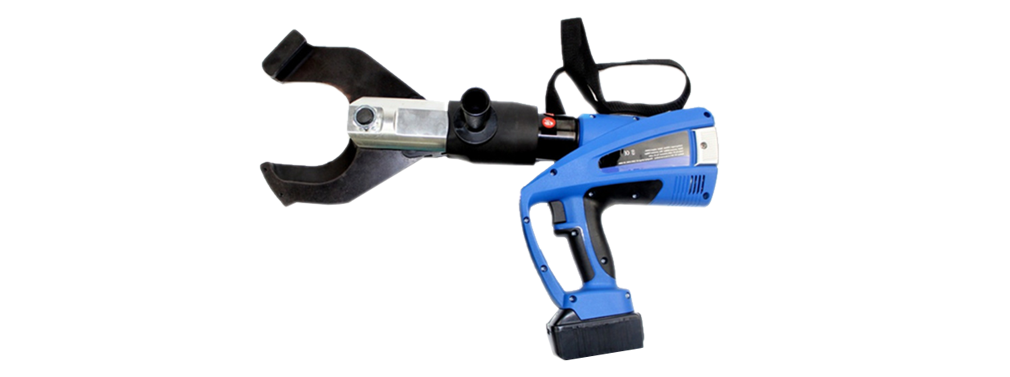

The cable cutter is a kind of scissors used to cut the […]
The cable cutter is a kind of scissors used to cut the cable. Similar to the normal scissors, the two blades are arranged cross each other. The movement of the two blades can be realized by the movement between the handles. Electric cable cutter is one of many cable cutters. It can cut many different types of cables, such as armored cables, multi-core cables, and so on. Although it can cut the cable, its blade is very sharp for the cable, so it will not cause any damage to the other parts of the cable.
Although the electric cable cutter is smaller in size, its organizational structure is more complicated than other cable cutters. It is composed of three devices: grip, cutting, and pushing. These three devices cooperate with each other. Mutual promotion characteristics. Among them, the shearing device also uses two gears for transmission, so as to drive the movement of the knife body, so that the function between the movable knife body and the fixed knife body can be realized. After the gear rotates, the circle between the two cutter bodies will become smaller and smaller until the cable can be completely clamped. All of these processes are controlled by the handle. When using, you only need to move the two handles to the middle at the same time. If you stop using it, you only need to loosen the handle. A spring is added between the two handles. Use, so after releasing the handle, they will automatically move closer to the sides.

Product introduction of split cable cutter:
Applicable cables: suitable for high-voltage PE, IV cables, telephone lines, cut quickly;
Alloy material: high carbon steel tungsten alloy steel blade, sturdy and durable, heat treatment hardness HRC65;
Electric industry: It can be equipped with any manual pump or electric pump.
Application range of split cable cutters: Products are widely used in ports, electric power, steel, shipbuilding, petrochemicals, mining, railways, construction, metallurgy and chemical industries, automobile manufacturing, plastic machinery, industrial control, highways, bulk transportation, pipelines Auxiliary equipment, slope tunnels, shaft treatment and protection, sea rescue, marine engineering, airport construction, bridges, aviation, aerospace, venues and other important industries, as well as various infrastructure construction projects.